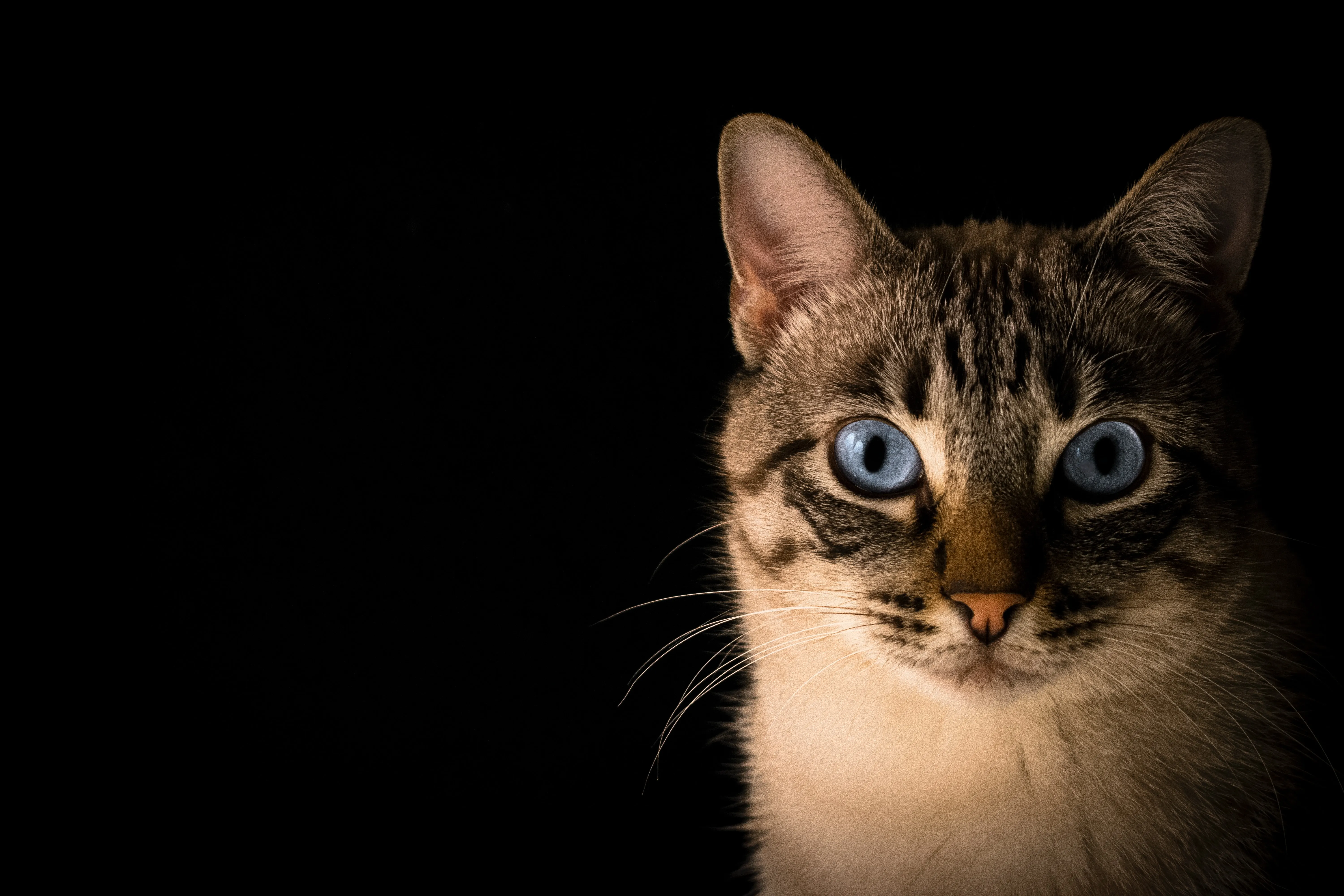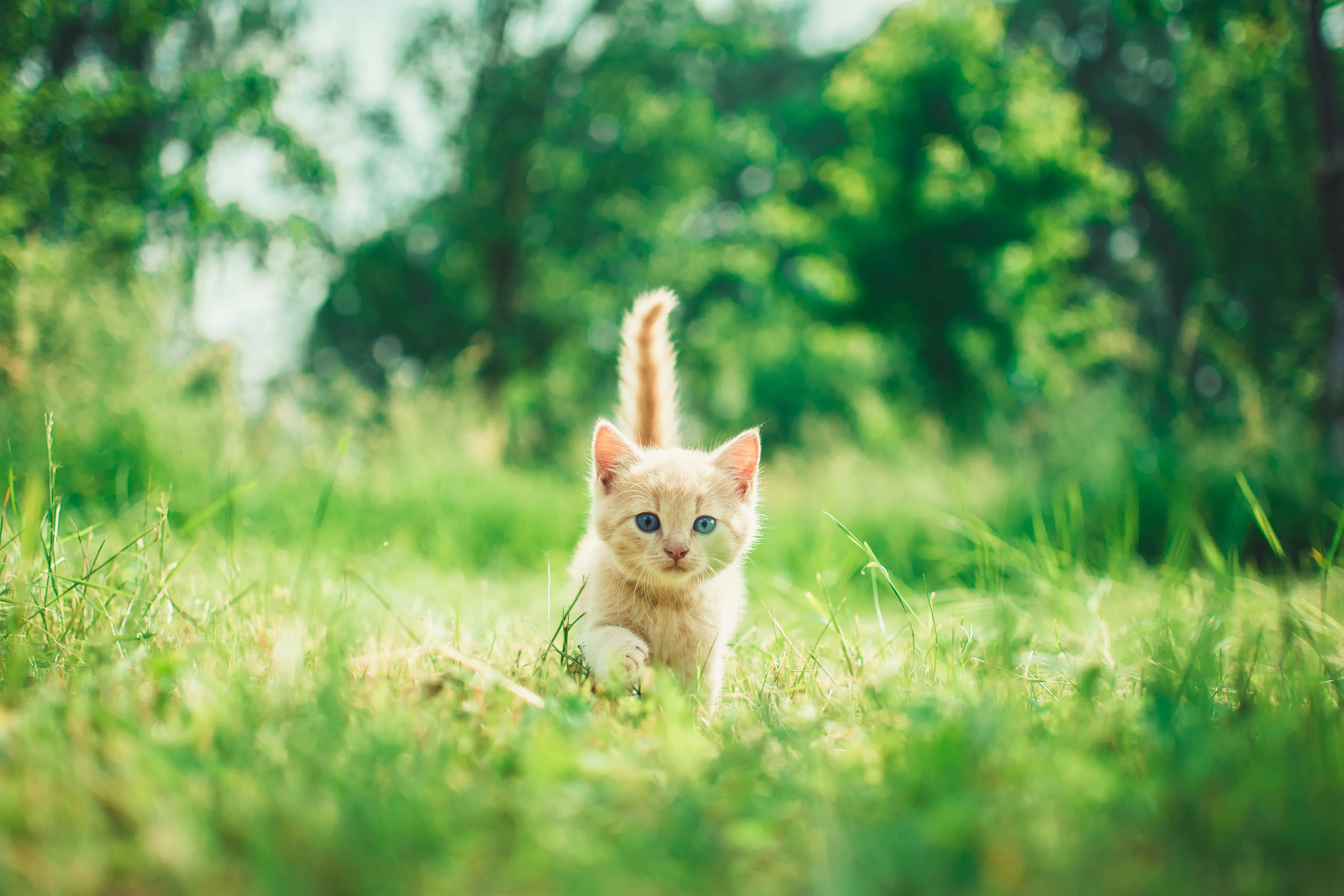Sharing is caring! ʕっ• ᴥ • ʔっ ♥
From their ancient legacy to their astounding abilities and quirky habits, these furry pals have woven themselves into our lives and culture. Let’s dive in and discover the magic behind these purrfect creatures that enchant cat lovers everywhere!
Ancient Companions:

Cats have a long history of domestication, dating back around 4,000 years ago to ancient Egypt. They were revered as symbols of grace and protection, often depicted in hieroglyphics and even worshipped as deities like the goddess Bastet.
Unique Anatomy:

Cats have a specialized collarbone that allows them to fit through spaces as small as their head. This ability to squeeze through tight spaces is due to their exceptionally flexible bodies.
Purring Mysteries:

Cats not only purr when they’re content, but they also purr when they’re anxious or in pain. The exact reason behind this behavior isn’t entirely understood, but it’s believed that purring might have healing properties for cats, promoting bone strength and healing.
Night Vision:

Cats have exceptional night vision, thanks to their eyes containing more rods (cells responsible for low-light vision) than humans. Their vertical-slit pupils and reflective layer behind the retina, called the tapetum lucidum, enhance their ability to see in the dark.
Communication Through Tail:

A cat’s tail is a significant indicator of their mood. For example, a tail held high suggests friendliness, while a twitching tail might indicate irritation or agitation.
Superior Jumpers:

Cats are incredible athletes and can jump up to six times their body length in a single bound. This ability comes from their powerful back legs and flexible bodies.
Sleep Enthusiasts:

On average, cats sleep for about 12-16 hours a day. This tendency to sleep for extended periods is due to their natural hunting instincts—cats conserve energy for short bursts of intense activity while hunting.
Grooming Rituals:

Cats spend about 30% to 50% of their waking hours grooming themselves. Not only does this habit help with temperature regulation and cleanliness, but it’s also a way for them to relax and bond with other cats.
Whisker Wonders:

Whiskers are highly sensitive tactile hairs that help cats navigate their surroundings. They’re not just located on the face but also on the back of the forelegs, helping cats detect changes in their environment.
Variety of Voices:

Cats have an extensive repertoire of vocalizations. From meows to purrs, hisses, chirps, and even trills, they use different sounds to communicate various emotions and needs to humans and other animals.
Scent Marking:

Cats have scent glands on their cheeks, paws, and tail. When they rub against objects or people, they’re marking their territory with their scent—a way of claiming ownership.
Diverse Breeds:

There are over 70 recognized cat breeds worldwide, each with its own unique characteristics, appearances, and personalities, ranging from the long-haired Persian to the sleek Siamese.
Environmental Adaptability:

Cats have successfully adapted to various environments, from snowy landscapes to tropical climates, showcasing their resilience and ability to thrive in diverse conditions.






